Redesigning a school gym is an exciting opportunity to enhance not only the physical space but also the overall student experience. A well-thought-out gym design can promote health, fitness, and a sense of community among students. Here are seven key considerations to keep in mind when planning a school gym redesign.
1. Understanding the Needs of the Students
The first step in any redesign is understanding the specific needs of your student body. For colleges and universities, you may consider conducting surveys to gather insights about what students want from their gym experience. Meanwhile, K-12 schools can talk to the students alongside the parents, teachers, and PE coordinators for insight.
Additionally, consider the types of activities students enjoy, which can vary by age group, climate, and region. Is your student body most interested in play-based workouts, team sports, individual fitness regimens, or group workout classes? Tailoring the gym to meet these needs can help students thrive.
2. Incorporating Versatile Spaces
A well-designed gym should be adaptable enough to accommodate a variety of student activities. Consider creating a multi-purpose space that can easily accommodate different uses, like group fitness classes, team practices, recreational sports, or community events.
Additionally, fitness fads and changing interests are inevitable. For example, the current surge in pickleball interest may eventually fade, which makes building a school gym entirely around pickleball a mistake. The gym space should be versatile enough to support new trends.
Ultimately, a flexible school gym will support a broader range of activities, accommodating more student fitness and athletic programs.
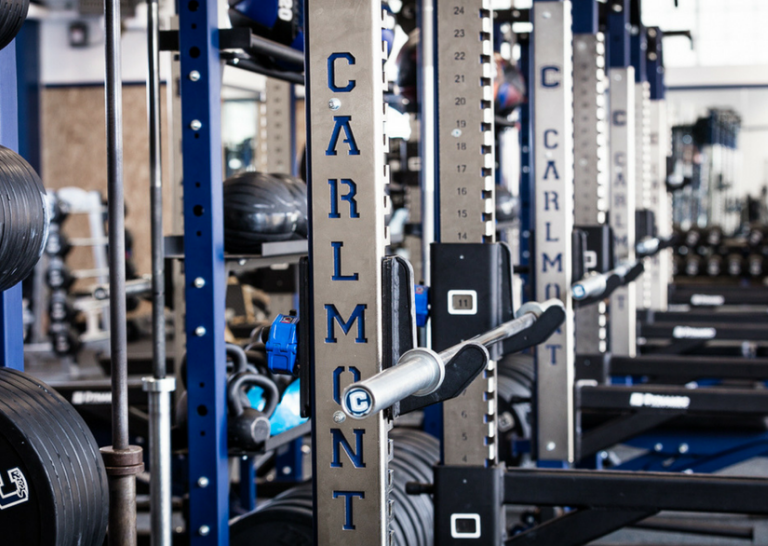
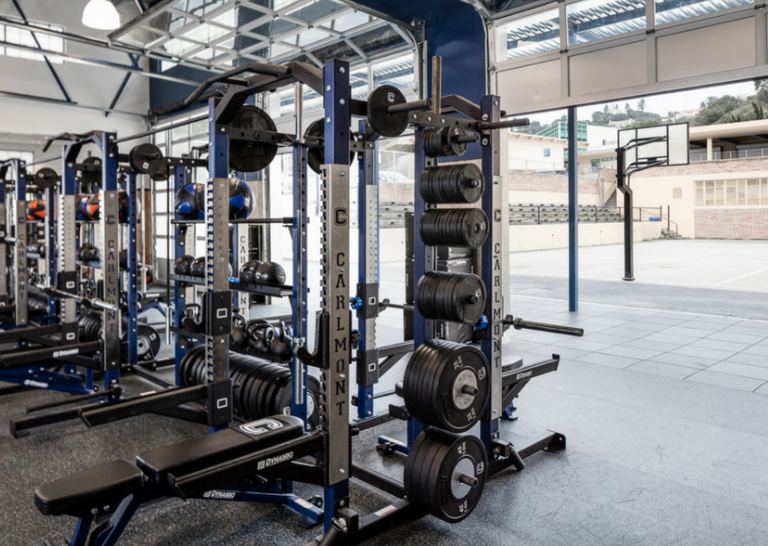
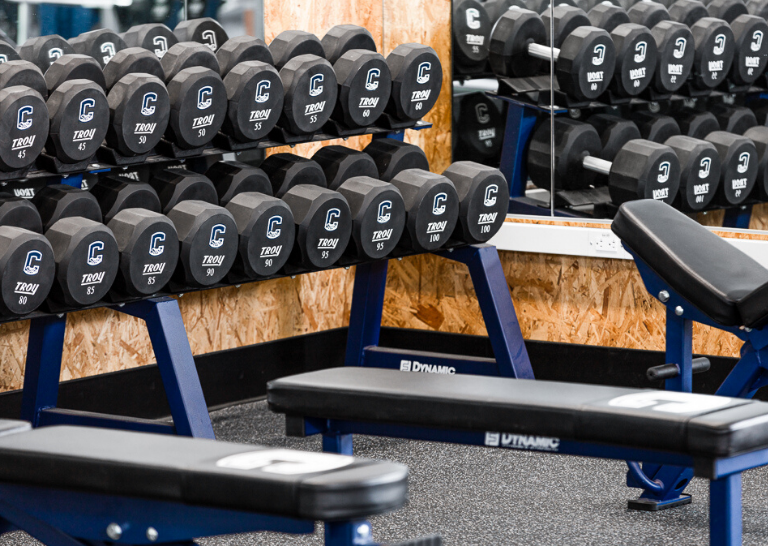
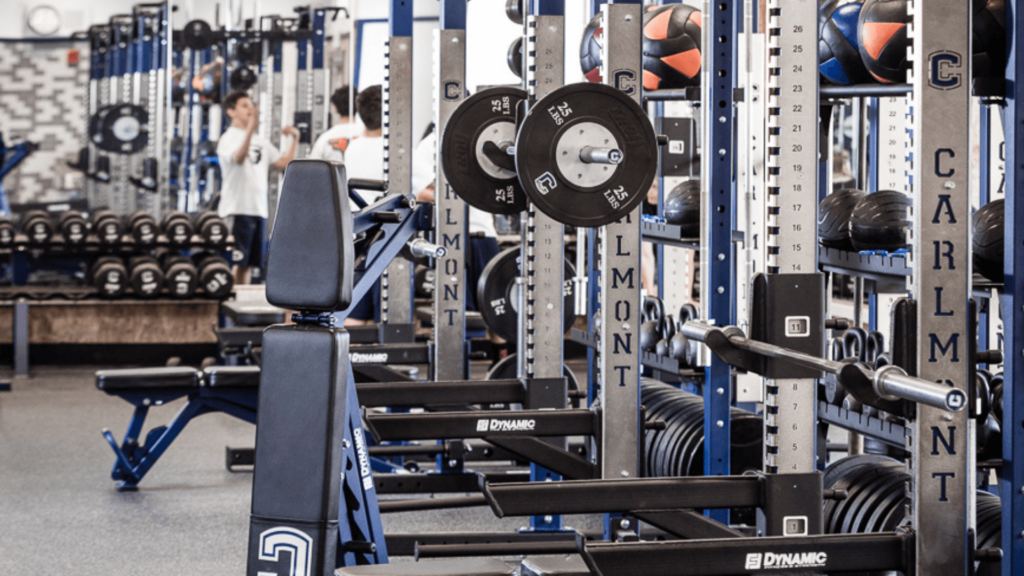
3. Prioritizing Safety and Accessibility
Safety is of the highest importance in any gym environment, but it may be especially critical in school gyms. The rational part of the brain isn’t fully developed until age 25, which is older than the standard student age (with the exception of post-graduate institutions). As such, gyms need to be extra safeguarded against user error and poor decision-making.
For example, your gym design professional will help you choose non-slip and impact-absorbing floors to help prevent injury. K-12 gyms may also benefit from strategic storage that keeps potentially dangerous equipment out of reach for younger students.
Additionally, make sure the gym is accessible to all students, including those with disabilities. Incorporating features like ramps, wider doorways, and adaptive equipment will ensure that every student can participate in gym activities.
4. Investing in Quality Equipment
The quality of gym equipment can significantly impact the overall experience. Invest in durable, high-quality equipment that caters to a wide range of fitness levels. Consider incorporating both traditional equipment, such as weights and cardio machines, and more modern offerings like functional training tools. Regular maintenance and updates to equipment will keep the gym safe and engaging.
5. Creating an Inviting Atmosphere
An inviting atmosphere can motivate students to participate in physical activities. Use color psychology to create an energizing environment. For example, bright colors can boost mood and energy levels. Consider adding elements like murals, motivational quotes, and natural light through windows to make the space feel welcoming and inspiring.
Your gym design professional can help you custom brand your equipment to create a sense of student pride, which is especially important at the college and university level. You can read more about custom-branded equipment here.
6. Integrating New Fitness Technology
Technology is constantly evolving, and today’s students may thrive most with the support it provides. Consider adding features such as fitness tracking systems, interactive workout stations, or digital displays that provide workout instructions and schedules.
If your school has a noteworthy athletic program, instant replay technology is now more accessible than ever in facilities. Collectively, these tools can help students set goals, track progress, and stay motivated, making the gym experience more engaging.
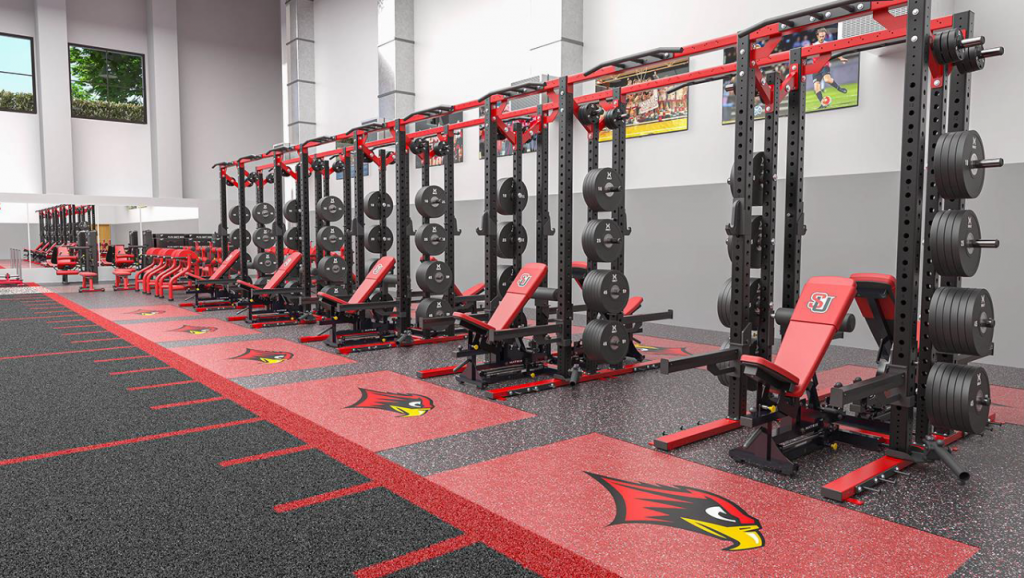
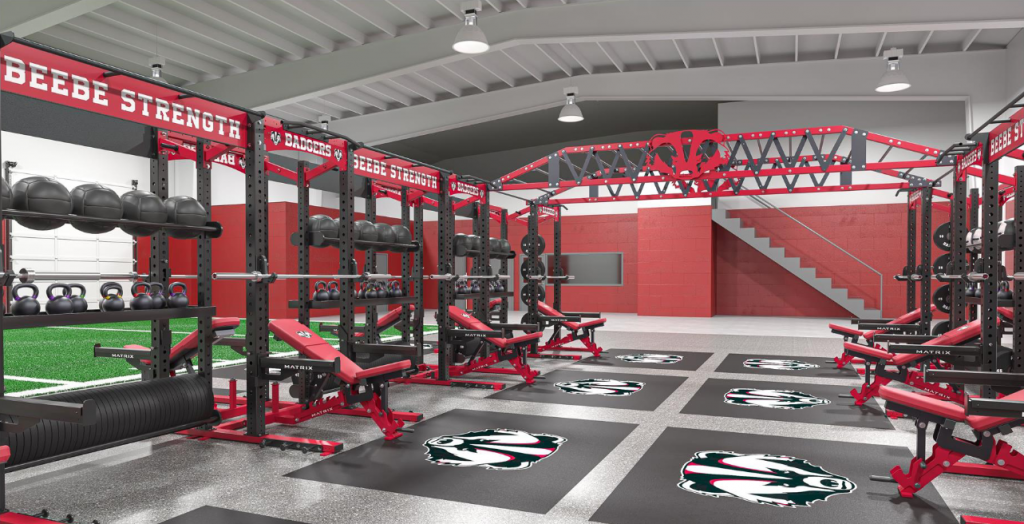
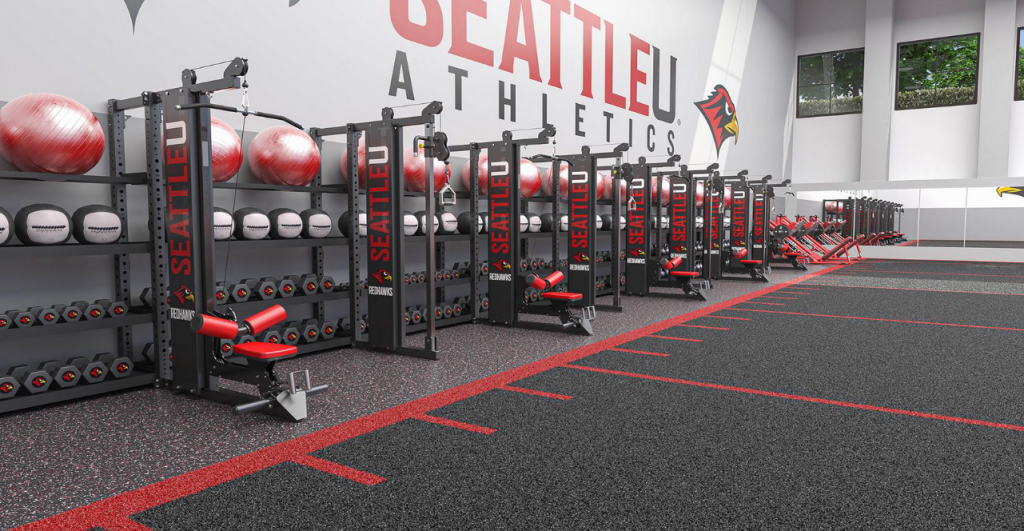
Join Our Newsletter!
7. Planning for Extracurriculars and Community Engagement
At every education level, the gym can serve as a community hub. For example, many university gyms allow outside memberships, community fitness classes, and athletic tournaments. Meanwhile, K-12 gyms are often the hot spot for school award ceremonies, science fairs, and other happenings.
An expert can help you design the space with your community events in mind. By fostering a sense of community, you can increase gym usage and promote a culture of health and fitness beyond school hours.
School, University, and College Gym Design and Equipment Services from Opti-Fit
Redesigning your school gym can help boost athletic programs, foster student wellness, and encourage participation. From school gym planning and design to equipment installation, Opti-Fit’s professionals are here to help. We invite you to view our portfolio or contact our experts to get started today.

